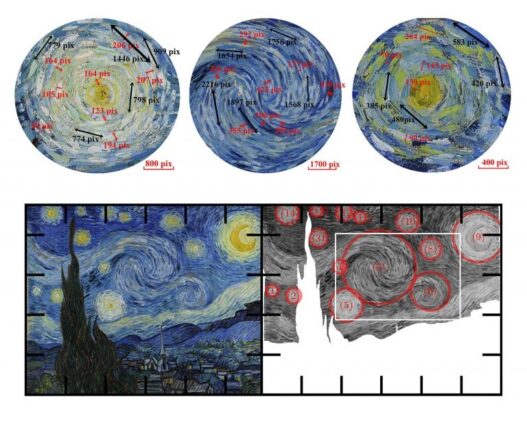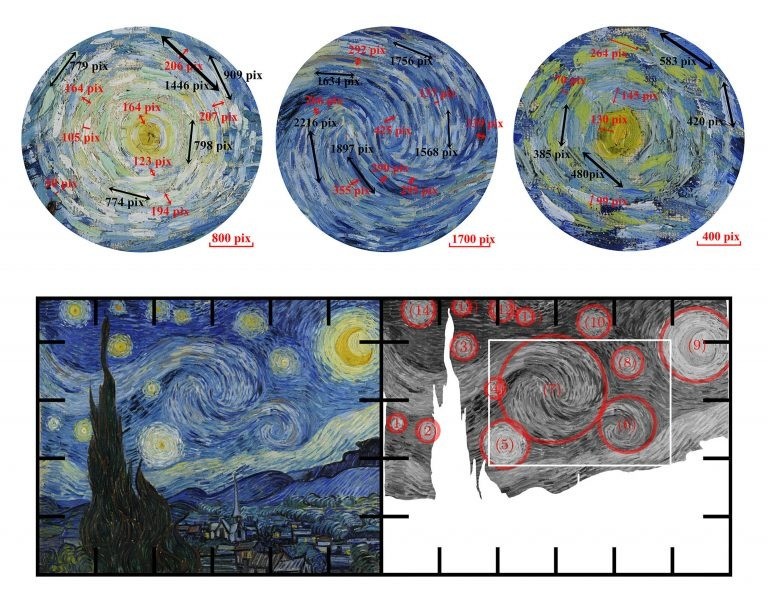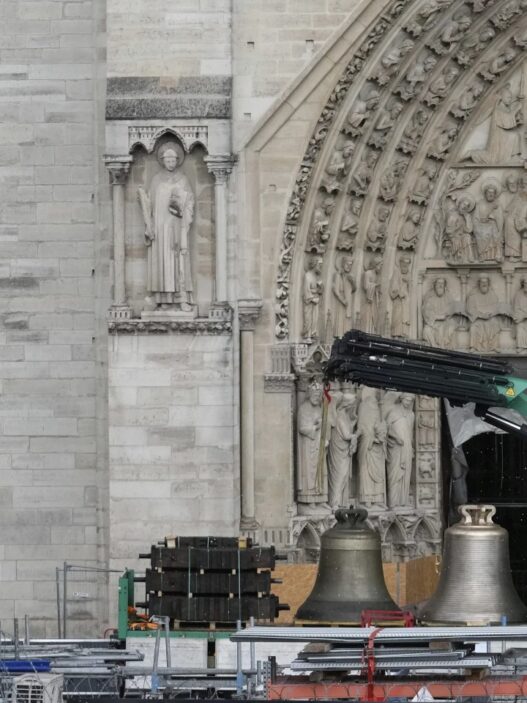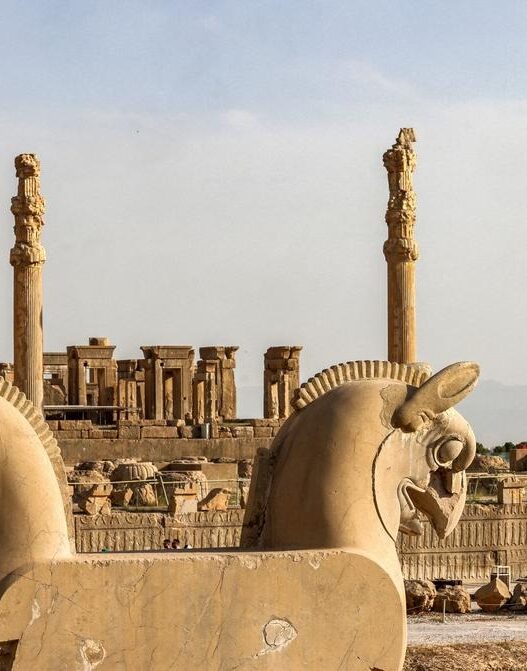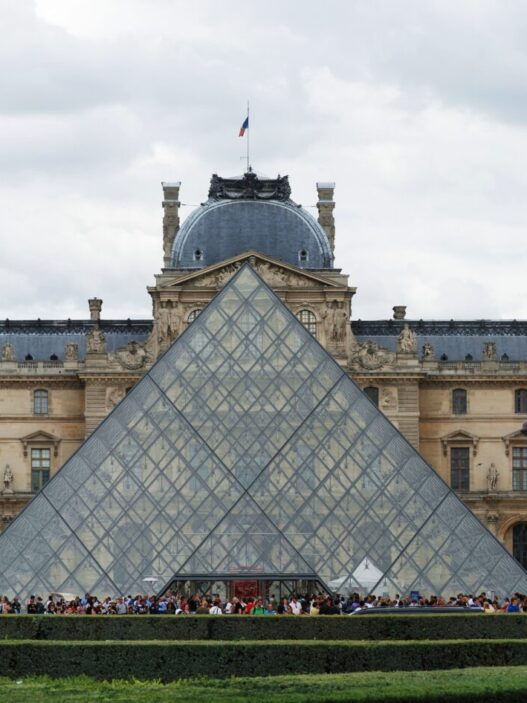Study Reveals Turbulent Dynamics in Iconic Painting
Vincent van Gogh’s iconic painting, “The Starry Night,” has captivated viewers for centuries with its swirling blue sky and vibrant colors. But a recent study has uncovered a hidden masterpiece within the artwork: a precise depiction of atmospheric turbulence.
Researchers from China and France analyzed the painting’s brushstrokes to measure the scale and energy of the atmospheric characteristics portrayed by van Gogh. They found that the artist’s depiction aligns remarkably closely with the laws of turbulence as described by Kolmogorov and Batchelor.
The study revealed that van Gogh’s brushstrokes accurately represent the cascading energy transfer from large- to small-scale turbulent flows in the atmosphere. This finding suggests that the artist had a deep understanding of natural phenomena and was able to capture the dynamism of the sky with remarkable precision.
The researchers believe that van Gogh’s knowledge of atmospheric turbulence may have come from observing the movement of clouds or simply from an innate sense of how to portray the natural world. Their study highlights the artist’s extraordinary talent and the scientific accuracy of his work.
The discovery of both Kolmogorov and Batchelor scaling within the painting is a rare occurrence. It suggests that turbulence may be a more widespread phenomenon than previously thought and could be present in various flow systems, regardless of their size or viscosity.
This study challenges the traditional definition of turbulence and suggests the need for a broader understanding of this complex phenomenon. It also serves as a testament to van Gogh’s artistic genius and his ability to capture the essence of the natural world.









